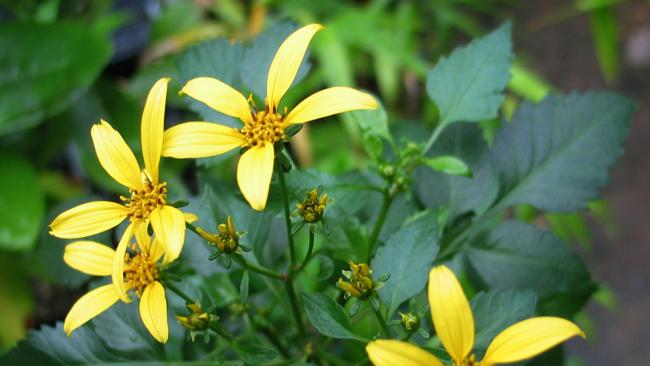October 31,2013

The kookoolau was one of 15 plant and animal species in Hawaii added
to the Endangered Species list this week. (David Eickhoff/Wikimedia)
The anchialine pool shrimp is among the most primitive shrimp species in the world, the Honolulu Star-Advertiser reported. The creatures are 2 inches long with 2-inch antennae.
They live in landlocked pools with subterranean connections to the sea, but these pools are threatened by pollution, development and other factors, Fish and Wildlife Service spokesman Ken Foote said. The nonprofit group Center for Biological Diversity maintains that only five members of the shrimp species have ever been seen.
The other newly listed creature is Drosophila digressa, commonly known as the picture-wing fly.
Among the 13 plants listed is kookoolau (pictured above), which was traditionally used to treat infections and other ailments, the Fish and Wildlife Service said. It was also used to purify the body, and herbal teas were made from its leaves to treat throat and stomach pains, according to the agency.
The listing gives species protections that are designed to keep them from extinction.
Hawaii has more endangered species than any other state, primarily because of its geographical isolation, Foote said.
With the additions made Tuesday, Hawaii has listings for 526 species, Foote said. California comes closest with about 315 listings, according to the service’s Environmental Conservation Online System. Most states have double-digit listings.
The additions stem from a 2011 agreement with conservation groups for the wildlife service to catch up on a backlog of candidates for the Endangered Species Act list, and to consider 757 total species for federal protections, according to the Center for Biological Diversity, which is based in Arizona.
The 15 new species — all native to the Big Island — represent the fourth wave of endangered listings for Hawaii under the 2011 agreement, Foote said. Federal wildlife protection officials previously added 48 species on Kauai, 23 on Oahu, and 38 on Maui, Molokai, Lanai and Kahoolawe combined, he said. The agency likely will list more vulnerable Hawaiian species — mainly those that are found across multiple islands, he said.
No comments:
Post a Comment